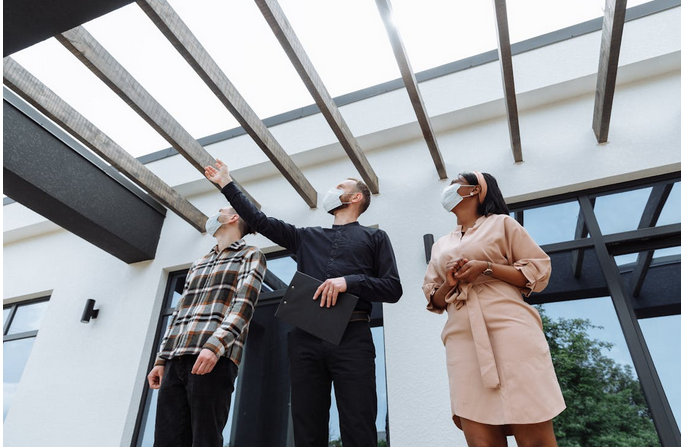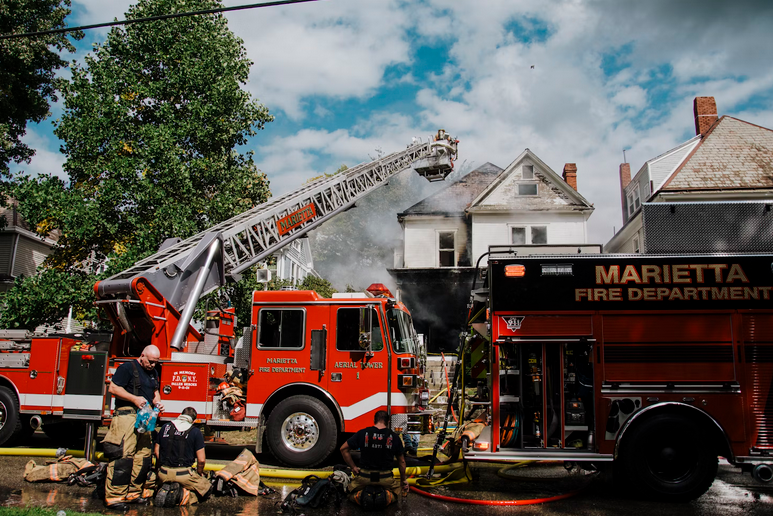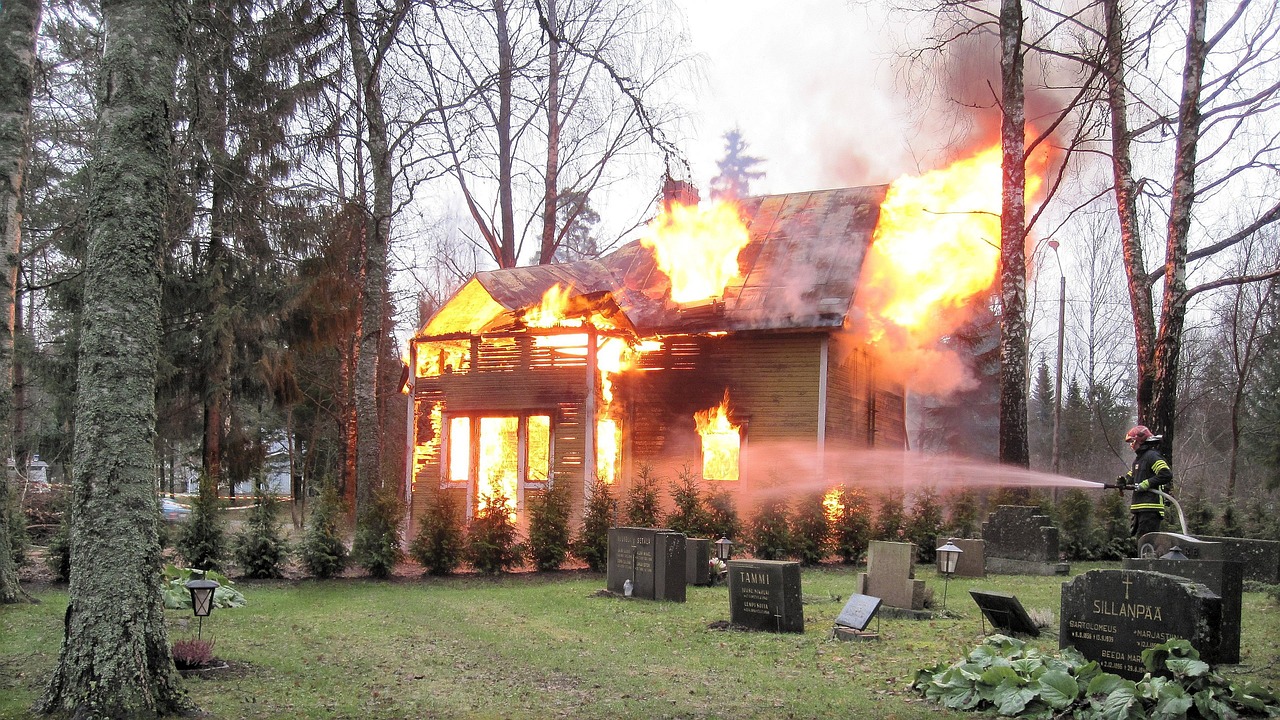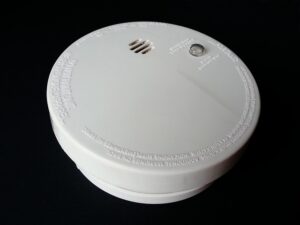Selling a fire-damaged property can feel like navigating a maze. Emotions run high, and the reality of the damage often overshadows potential opportunities. With the right approach, you can attract buyers who see beyond charred walls and burnt fixtures. However, can you sell a house that has fire damage easily? Fortunately, the market for such properties isn’t as bleak as it seems. In fact, many investors are on the lookout for homes that they can transform into something remarkable. Understanding this landscape is key to finding these motivated buyers. With some strategic steps, you’ll discover how to showcase not just what was lost but what could be gained from your property. So, let’s delve into effective strategies that will help you connect with those ideal buyers eager for their next project.
Understanding the Market for Fire-Damaged Properties
Understanding the market for fire-damaged properties begins with recognizing that they attract a unique group of buyers. Investors, rehabbers, and even some homeowners are often on the lookout for these opportunities. Many buyers see potential, whereas others only see ruins. They are searching for bargains or fixer-uppers that allow them to put their personal touch into a renovation. This can lead to significant down-line profit. It’s also essential to note seasonal trends in real estate. Certain times of year may yield more interested buyers looking specifically for projects like yours.
Assessing the Damage and Setting a Realistic Price
When dealing with a fire-damaged property, the first step is to assess the extent of the damage. This means taking an honest look at what can be repaired and what might need replacement. Fire often affects not just surfaces but also structural integrity, so consider everything from walls to wiring. Once you have a clear picture of the damage, it’s time to set a realistic price. Research comparable properties in your area that have faced similar issues. Understanding market trends will help you determine a fair asking price that reflects both the current state and potential value after repairs.
Highlighting the Potential of Your Property
When dealing with a fire-damaged property, it’s easy to focus solely on the negatives. However, every setback holds the potential for transformation. Emphasizing what can be restored or reimagined is key. Start by showcasing the structure’s bones, its layout, and inherent charm. Highlight features that could shine again after repairs. Whether it’s spacious rooms or unique architectural details, these aspects speak volumes. Consider creating a vision board or mood board that illustrates possible renovations. This visual representation allows buyers to see beyond the damage and envision their dream space.

Utilizing Professional Staging and Photography
Professional staging can transform a fire-damaged property from a daunting sight into an inviting space. It helps potential buyers envision the possibilities rather than focusing solely on past trauma. A skilled stager knows how to highlight architectural features while downplaying damage. They can rearrange furniture or add decorative elements that create warmth and appeal. High-quality photography is equally crucial. Images showcasing the property in its best light can draw more interest online. Natural lighting, strategic angles, and clear visuals make a significant difference.
Marketing to Targeted Buyers and Networks
Understanding your audience is crucial when marketing a fire-damaged property. Identify buyers who are specifically interested in renovation projects or real estate investment opportunities. These individuals often see potential where others might not. Utilize online platforms that cater to such demographics. Social media groups focused on house flipping, real estate investing, and DIY renovations can be valuable spaces for outreach. Don’t overlook local networks, either. Connect with contractors, real estate agents specializing in distressed properties, and investors within your community. They may have clients looking for their next project.
Negotiating With Buyers and Handling Offers
Negotiating with buyers can be a delicate dance. You want to secure the best price while addressing their concerns about the fire damage. First, listen carefully. Understanding what potential buyers prioritize helps you tailor your responses effectively. They may have specific worries about safety or repairs needed. Be transparent about the property’s history and any improvements you’ve made since the incident. This builds trust and reassures buyers that they are making an informed decision.
Selling a fire-damaged property can be challenging, but …



